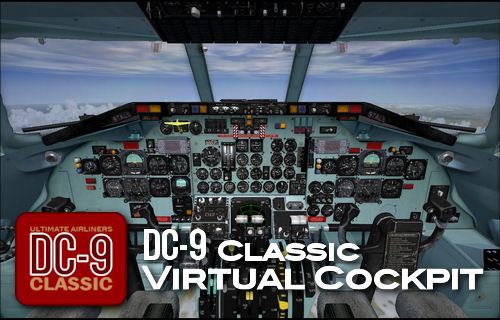
What exactly is radio navigation? In short, radio navigation is the art of locating your position on the earth by use of radio waves. Radio waves can be used to find direction (bearing), distance (ranging) and also velocity to or from a station.
By use of triangulation, the bearings of two stations can be plotted and the intersection of the bearing lines is your position. Your position can also be found by plotting the bearing and distance from the station. The introduction of radio navigation was a huge step forward in navigation accuracy, especially compared to the method it replaced; celestial navigation.

Picture by Wikimedia Commons (VOR station)
These days when most airline pilots fly around in modern aircraft with glass cockpits featuring moving maps on large displays and navigation is highly automated by use of an FMS, it might seem as though radio navigation is simply an old and increasingly irrelevant form of navigation. This is partially true, but also partially wrong.

Today, radio navigation is rarely used for the enroute navigation part of a flight. The most economical way to fly from A to B is in a straight line and radio navigation just perfectly suited for that. Doing radio navigation you are bound to follow the radio transmitters and their location on the earth, so you might be in for a slight detour compared to flying a straight line to your destination. There are also other issues such as accuracy and range of the radio transmitters which is no problem with GPS.

Picture by Wikimedia Commons (ILS antenna array)
So where is radio navigation used today? Picture this: You are at the end of a long flight flown completely and perfectly by the FMS coupled to the autopilot, just as you planned and programmed it. Your destination is fogged in, which of course you knew well in advance, so you have selected and setup the FMS and autopilot to perform an autoland approach. You and your aircraft are both certified to perform ILS Cat IIIc approaches. That’s radio navigation right there! A radio transmitter at the runway sends out a signal picked up by a receiver in the aircraft which is translated to left/right up/down indications by the instruments in the cockpit. That’s ILS.

Radio navigation for the approach is still very much in use today. Many smaller airports still also use VOR and NDB approaches. GPS approaches seem to be taking over for the VOR and NDB approaches, but ILS is still going strong.
In flight training, radio navigation is still considered a basic skill. All new pilots still learn how to navigate by ground based radio signals before progressing on to newer equipment.
To sum it up: radio navigation is not used much anymore for the enroute navigation but is still in everyday use for the approach phase.

The DC-9 Classic is an aircraft of the radio navigation era. It does not have an FMS or GPS, but relies on ground based radio navigation to go from A to B. It also relies heavily on another piece of equipment for navigation; you the pilot. It does take a bit more brain power to navigate by radio waves. Navigating by use of an FMS is by no means easy, but it certainly is easier and that’s the great advantage of it. An FMS reduces the pilots work load and increases navigation accuracy. When navigating by radio waves, expect a higher work load and be prepared to think a few more steps ahead of the aircraft. If you don’t, you will soon fall behind the aircraft and find yourself playing catch-up.

Picture by Wikimedia Commons (VOR-DME station)
From my own experience, this – the fact that you are the primary navigation computer – is what makes radio navigation so much fun and rewarding when you master it. When I started simming back with FS4, there was no FMS to play with. It was all radio navigation. Later, when I got my instrument rating during flight training, again primary navigation was done by radio navigation. I remember I struggled especially with NDB tracking. I flew inbound and outbound over the schools NDB so many times it was ridicules. But I finally got the hang of it and got the instrument rating added to my license. That was a very rewarding experience indeed.

Me under the hood on ILS17 into KMYR.
Sorry about the long post, but this topic really interests me and radio navigation is also a very important and central part of the DC-9 Classic product. So much so that I have designed and included a special radio navigation training simulator inside the product to help you better understand and learn the basics and finer points of radio navigation. But that is a topic for another post. Stay tuned!


